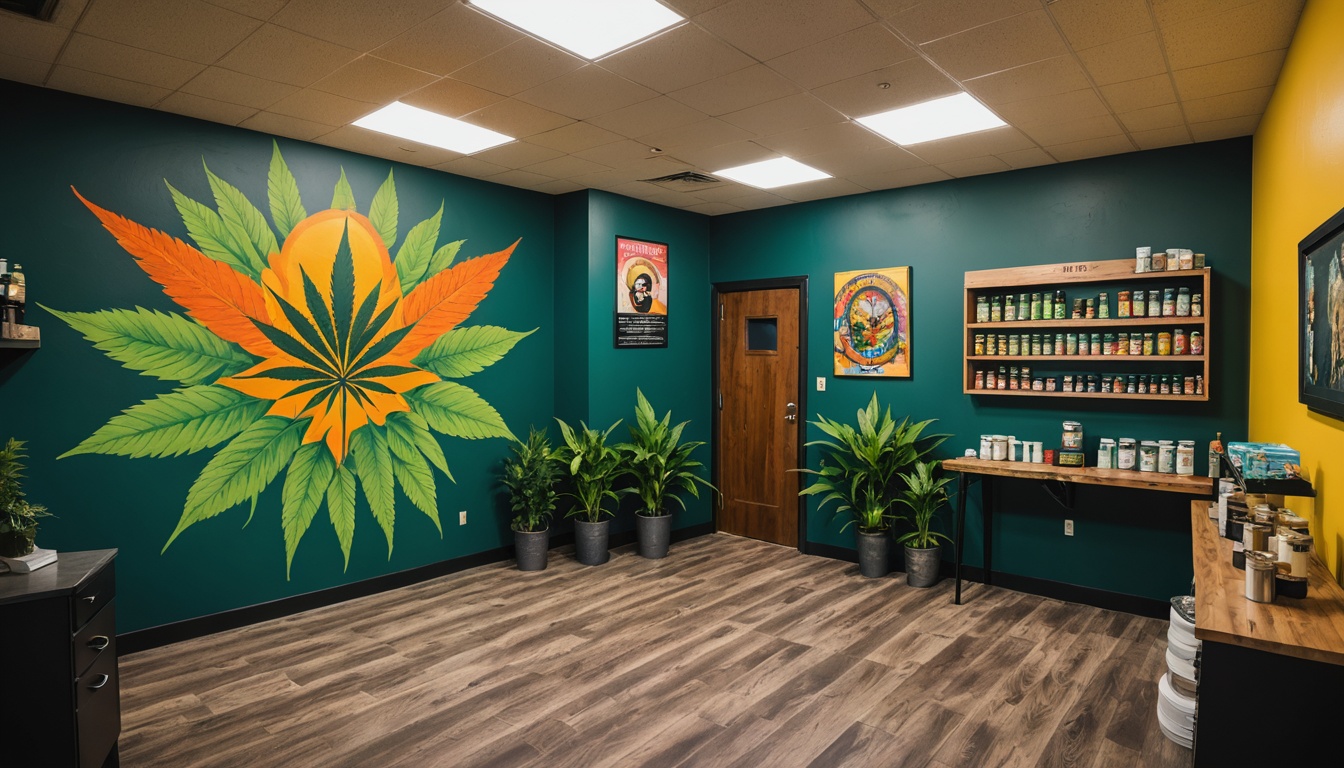Florida’s Recreational Marijuana Measure: Separating Fact from Fiction
As Floridians head to the polls to vote on Amendment 3, a recreational marijuana measure, both supporters and opponents are making bold claims about its potential impact. However, a closer look at the amendment’s language reveals that many of these claims are exaggerated or misleading.
The “Vote No on 3” committee has launched an ad campaign claiming that Amendment 3 would allow people to smoke marijuana anywhere, including in public places like restaurants and playgrounds. But this is not supported by the amendment’s language. In fact, the amendment does not mention public spaces at all.
Florida First Lady Casey DeSantis has also weighed in, expressing concerns about the potential impact on public places like playgrounds. However, under current state law, smoking is already prohibited in most public indoor places, including restaurants. Additionally, cities and counties can ban smoking and vaping in public parks and on beaches.
Amendment 3 supporter Joe Gruters, a Sarasota state senator and former chair of the Republican Party of Florida, has emphasized the need for guardrails to control recreational marijuana. He believes that these guardrails can be established through legislation, which would allow for more specific regulations on where marijuana can be smoked.
In reality, the amendment does not authorize smoking marijuana in public spaces. Instead, it would allow adults 21 and older to possess and use marijuana for recreational purposes, subject to certain regulations and taxes. The amendment also requires the Florida Legislature to establish a regulatory framework for the production, distribution, and sale of marijuana.
As voters make their decisions, it’s essential to separate fact from fiction and understand the actual implications of Amendment 3. By doing so, Floridians can make informed decisions about the future of recreational marijuana in their state.












